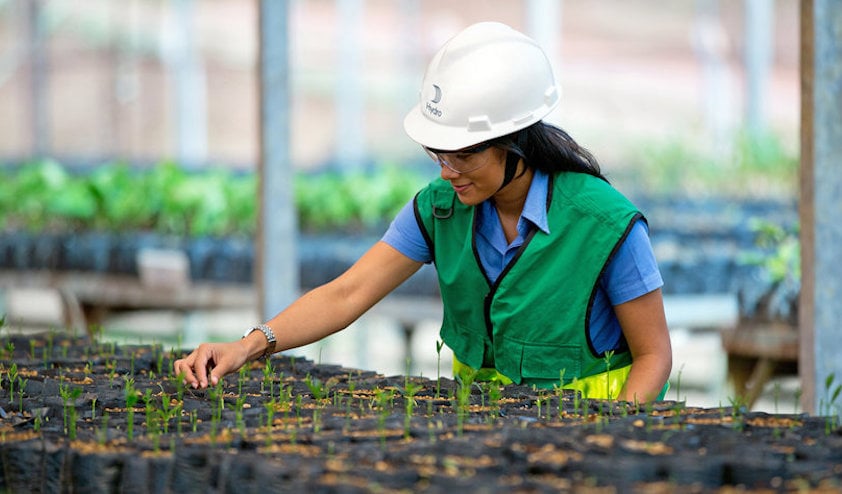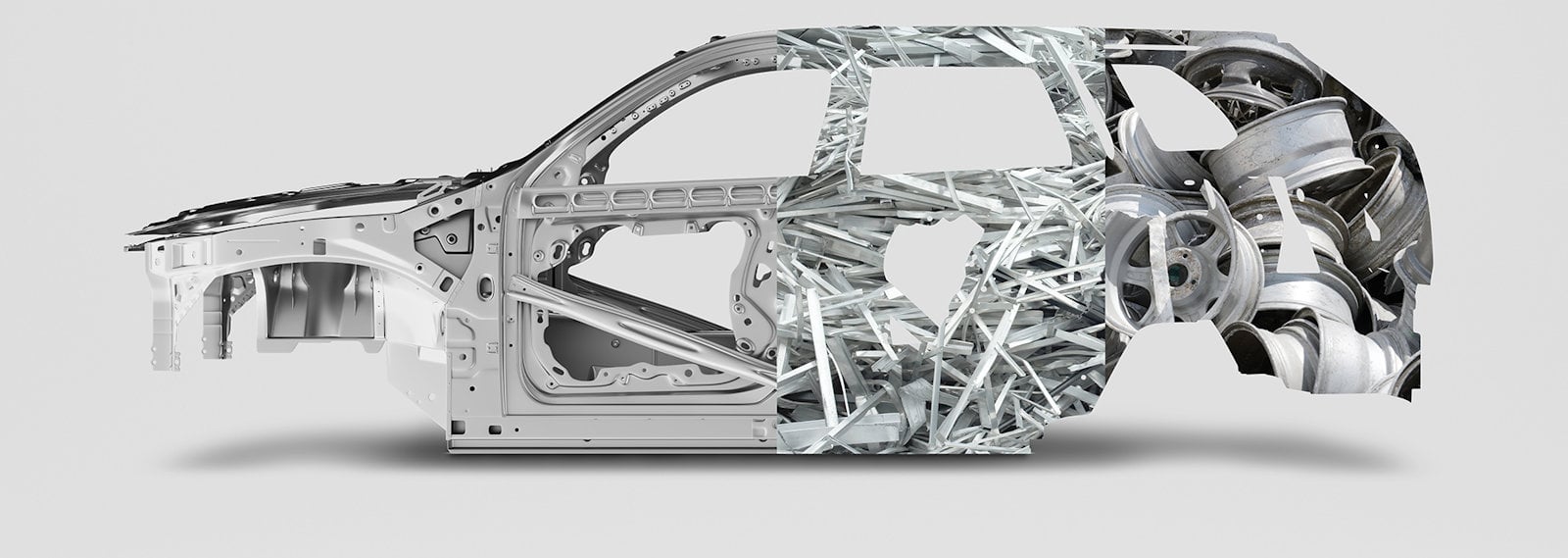To scrap, or not to scrap: Why words matter from a market perspective
After decades of increasingly extreme weather events and continuous political debates, public awareness of the topic is at an all time high with patience running thin. Because consumers vote with their dollars, we are also seeing an unprecedented level of climate consciousness claims by companies.
As a consequence, concepts surrounding sustainability are regularly reduced to buzzwords, set to drive the success of marketing campaigns. After looking at why words matter in a policy context, let’s look at what this means from a market perspective.
Pledges for a more viable society
Tesla Inc. has revolutionized the renewable energy industry with its innovative technology and initiated a new era for the automotive sector, forever changing the image of electric vehicles. As a ripple effect, most established automakers have pledged to go all in on EVs in the years to come, many with ambitious timelines ahead of fleet decarbonization efforts at a state level.
While these developments may appeal to the growing eco-conscious customer base seeking to reduce their footprint by slashing exhaust emissions, they only tell half of the story. The industry’s decarbonization also requires reducing the emissions during the car manufacturing process all the way down to the retrieval and refining of raw materials. Hence, the footprint calculations must start with the emissions generated in upstream activities.
In November 2022, Pål Kildemo, CFO of Hydro, had the opportunity to spend a week in Brazil for the first time since 2019.
“I am very proud of how we run our mining and alumina refinery operations. We have worked structurally over the last couple of years to reduce the footprint of our Paragominas mine as well as of our Alunorte refinery and will be further reducing our CO2 emissions by 700,000 tonnes through our fuel switch project, replacing coal with natural gas,” says Pål.

What energy source is used in production matters and Hydro is committed to securing renewable and competitive power suppliers for the primary, as well as secondary, production of aluminium. This is achieved through long-term power contracts, such as the ones Hydro recently signed with Equinor and Scatec and Statkraft to ensure access to renewable power, as well as through our own energy production and testing of new energy forms. In June 2023, Hydro produced the world’s first successful batch of aluminium using green hydrogen as an energy source. This is a significant step towards carbon-free aluminium as green hydrogen is one of the most promising emission free fuels to address the hard to abate industry emissions.
Finally, downstream, Hydro has strong ambitions to support the decarbonization of industries through net-zero aluminium. A year ago, Hydro produced 16kt of 75R, aluminium containing a minimum of 75 percent post-consumer scrap and has since been able to increase the post-consumer scrap percentage to 100 percent.
If we go back to the example of the automotive industry, it is estimated that material production may reach 60 percent of the vehicle’s life-cycle emissions. The described measures make a real impact in supporting our customers beyond their shift for EV. Hydro is particularly proud of supporting car manufacturers such as Polestar, Mercedes Benz and Porsche to decarbonize the automotive supply chain. We passed stringent validation tests for the application of aluminium in demanding structural cast parts and are now ramping up the aluminium production from scrap material using renewable energy such as in our Årdal plant in Norway.
Radical transparency as a game-changer
It is precisely because the manufacturing stage is somewhat invisible to the end-consumer that its impact on the environment tends to be significantly underestimated. As one of the building blocks of the European Green Deal, the concept of circularity is set to pave the way to a cleaner, greener and more competitive Europe, and encourages sustainable consumption. But this requires radical transparency.
Informed decision making customers must understand where the material in their products comes from and how it was produced. A first important step to achieve this is for sustainability claims to be substantiated before being used in commercial communication, something the EU is seeking to do with its Green Claims Directive. Another important step is to apply global standards for what classifies as truly sustainable and how carbon footprints are calculated.
Primarily in imported goods under CBAM, it is becoming increasingly important to clearly and transparently disclose differences in production such as the energy used or the material processed. Let’s look at aluminium. On a global average each kilogram of produced aluminium carries a footprint of 16.7 kg CO2. This is due to the large number of global producers sourcing their power from coal. By using renewable energy sources like hydropower during production, Hydro has reduced the carbon footprint per kilogram of aluminium to just 4 kg CO2. By using remelted post-consumer scrap in our production, Hydro has further reduced the footprint to 2.3 kg of CO2.

But how is this calculated? To understand the total impact of a material from a lifecycle perspective, Hydro calculates the carbon footprint of aluminium by modelling physical realities as closely as possible. Hydro does not equate the process scrap, aluminium left over from the manufacturing process, and post-consumer scrap in its calculations, but regards process scrap as primary aluminium that must be remelted once more. As a result, the carbon footprint of recycled process scrap is equal to or even higher than the carbon footprint of primary aluminium. Post-consumer scrap, on the other hand, has fulfilled its purpose in its first life cycle, is starting its second life cycle, and has no historical carbon footprint attached to it.
The same principle applies for energy used in production. Hydro pursues physical traceability of the renewable energy footprint in its products, avoiding financial renewable certificates. While Hydro believes circularity and renewable energy is a key driver for the success of the green transition, it must also secure Europe’s competitiveness and economic resilience. Preserving compensation for indirect CO2 costs incurred from electricity generation and market pricing dynamics is key to ensuring European industry is not at a competitive disadvantage compared to producers elsewhere.
Accelerating the green transition
In 1989, Hydro was one of the first companies in the world to publish a sustainability report. Today, we continue to see profitability and sustainability as interlinked, with both needing to be reported and communicated in a transparent way following clear principles, providing comparability between companies on an international level. At Hydro, we continue to engage in discussions at the European level and are convinced that aluminium can play a key role in the green transition, which is outlined in our whitepaper ‘No time to waste’, while securing Europe’s access to critical material
With the right approach, we can jointly create a more viable society for today and tomorrow. We believe that radical transparency and accountability will increase competitiveness, accelerate the green shift and build greener industries that matter.
